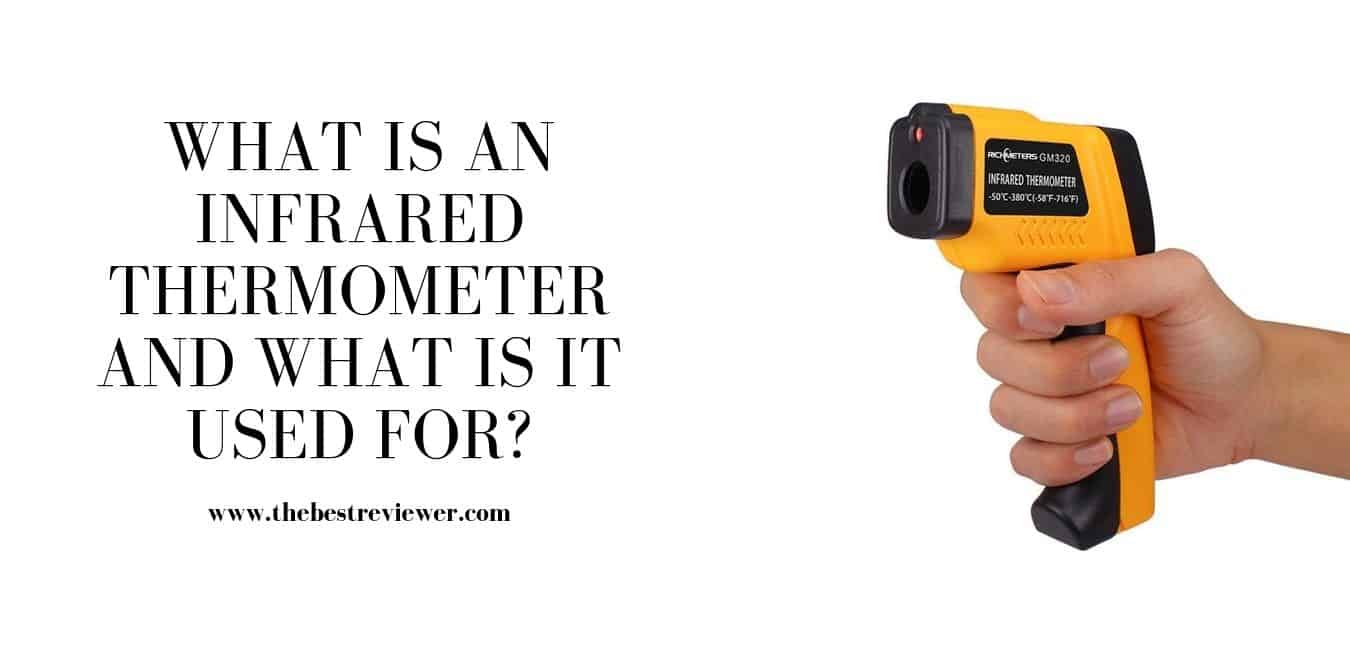An infrared thermometer is a device that detects the temperature of an object without making any direct contact.
It detects temperatures above zero degree Celsius emitted by any material. It usually looks like a hand held scanner or a probe.
The most basic kind has a lens where the infrared energy is focused on to a detector. The heat energy is then converted to an electrical signal that will display a temperature in units after compensating for the variation in ambient temperature.
This allows the measurement of a temperature without any contact to the object. For this reason, they are practical to use in conditions where thermocouples cannot work and give accurate results.
An example of this condition is when the temperature of a moving object is being measured. Infrared thermometers are also useful when measuring temperatures in a hazardous condition such as the risk of the user being exposed to high voltage.
They are also handy when the object to be measured can’t be reached by any probing device.
When taking a temperature, it is critical to consider the target size and distance of the object, the type of surface that is being measured, spectral response, the range of the temperature and the mounting whether it be portable or on a fixed one.
Other things to consider are the environment, viewing port, mounting limitations, response time and the desired signal processing.
It’s important that the optics of the unit or its scanning component has full field of view of the target. The infrared thermometer takes the average temperature of every part of the scanned surface.
The accuracy of the reading relies on aiming at the right surfaces to be scanned. If part of another surface is included within its field of view, an error in measurement will occur.
The infrared light emitted will look like a dot on the surface being measured. When taking the temperature of an object in the middle of a heating process, some variations in measurement will occur when using the handheld portable type.
- You may like: what is infrared food thermometer.
Since it is only measuring the surface temperature, it will not accurately determine the core temperature unless heat is more equally distributed in the object such as in induction heating.
Types that are mounted are typically installed in one location to allow the continuous monitoring of temperature within a process. They are usually aimed at one point and the target is constantly moving or changing such as molten metal.
The output can either be displayed on this unit’s monitor or remotely with an analog output that can be used for a control loop or another display.
For consistently accurate readings, emissivity should be considered. Such thermometer is able to compensate for different values only within a certain range.
Very low emissivity can make accurate detection difficult. Reflective surfaces such as aluminum and other shiny surfaces may be too reflective to make accurate measurement impossible at times.
- You may like: Benifits of wireless thermometer.
Infrared thermometers are made and sold by companies specializing in the manufacture and sale of engineering measuring instruments.

